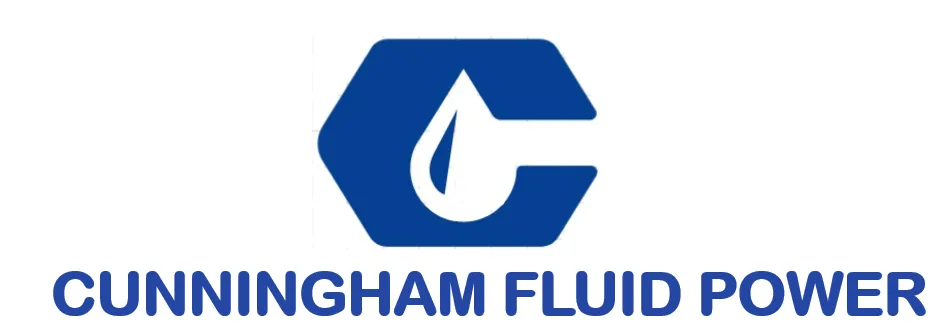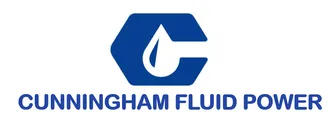How to Select the Right Foundation Anchor Bolt for Maximum Structural Integrity
When it comes to ensuring maximum structural integrity in construction projects, selecting the right foundation anchor bolt is paramount. These critical components serve as the vital link between the structure and its foundation, playing a crucial role in distributing loads and resisting lateral forces. However, with the myriad types and specifications available on the market, choosing the best foundation anchor bolt can be a daunting task. This blog will provide you with essential tipsand key considerations that will guide you in making an informed decision, ensuring that your construction stands the test of time and meets safety standards. By understanding the various factors at play, from material choice to installation techniques, you will be better equipped to select Foundation Anchor Bolts that not only enhance structural integrity but also contribute to the overall resilience of your building.
Understanding Different Types of Foundation Anchor Bolts for Your Project Needs
When selecting the right foundation anchor bolt for your project, it's crucial to understand the different types available and their specific applications.
According to a report by the American Institute of Steel Construction (AISC), the performance and reliability of anchor bolts can significantly influence the overall structural integrity of a building. For instance, there are several categories of foundation anchor bolts such as A325 and A490, each designed to withstand various load types including tension, shear, and moment forces.
Additionally, recent industry studies suggest that using the appropriate anchoring system can reduce failure rates by up to 30%.
For example, epoxy-coated or galvanized bolts are often recommended for environments susceptible to corrosion, providing enhanced durability over traditional steel bolts. Furthermore, with innovations in materials, selecting stainless steel anchor bolts for high-moisture areas can improve longevity, reducing maintenance costs and enhancing safety.
Understanding these distinctions ensures that engineers and contractors can make informed choices that align with their project's specific needs while maintaining structural integrity.
Key Factors to Consider When Selecting Foundation Anchor Bolts
When selecting the right foundation anchor bolts, several key factors must be considered to ensure maximum structural integrity. First, understanding the environmental conditions is crucial. Factors such as soil type, load conditions, and exposure to corrosive elements can significantly impact the performance of anchor bolts. For instance, in areas with deep soft soil, a thorough analysis of earth pressure and resistance is necessary. This understanding helps in selecting bolts that can withstand potential failures from excessive lateral loads or axial compression.
Additionally, the design and material of the anchor bolts play a vital role. Utilizing finite element simulations can aid in predicting how different anchor bolt designs perform under specific loading conditions. This approach allows engineers to conduct a parametric study of various configurations, ultimately leading to the choice of bolts that provide optimal support for structures, particularly in complex settings like exposed column base plate connections. By carefully evaluating these factors, one can ensure enhanced stability and durability in structural applications.
How to Select the Right Foundation Anchor Bolt for Maximum Structural Integrity
| Factor | Description | Material Options | Load Capacity | Corrosion Resistance |
|---|---|---|---|---|
| Bolt Diameter | The diameter affects the strength and load-bearing capacity of the anchor bolt. | Steel, Stainless Steel, Carbon Steel | Up to 150 kN | Galvanized, Coated |
| Length | The length determines the embedment depth and the necessary grip on the foundation. | Steel, Rebar | Up to 200 kN | None |
| Type of Load | Evaluate tension, shear and combined load conditions on the structure. | Stainless Steel, Alloy Steel | Up to 300 kN | High Corrosion Resistance |
| Environmental Conditions | Consider exposure to chemicals, moisture, and temperature variations. | Coated Steel, Corrosion-Resistant Alloys | Varies by specification | Special Coatings Available |
Top Tips for Ensuring Proper Installation of Anchor Bolts
When it comes to ensuring maximum structural integrity in construction, selecting the right foundation anchor bolt is crucial. One key aspect to consider is the embedment length; studies reveal that the pull-out load and the performance of an anchor bolt are significantly influenced by this measurement. A general guideline suggests that for optimal performance, the embedment depth should be a minimum of 10 times the bolt diameter, ensuring a strong bond with the concrete. Additionally, it is essential to consider the concrete's compressive strength, as higher strength concrete allows for greater load-bearing capacities.
Proper installation techniques are essential for achieving the desired structural strength. When setting anchor bolts in wet concrete, achieving the correct depth is critical. Research indicates that an accurate depth can improve the interfacial bond between the anchor and concrete, enhancing the overall stability of the installation. During installation, ensure that the surrounding area is free from debris, as contaminants can weaken the bond. Moreover, using the appropriate type of anchor bolt—based on the specific load requirements and environmental conditions—can lead to superior performance in resisting shear and tensile forces in structural applications.
Foundation Anchor Bolt Selection for Structural Integrity
This chart illustrates the various factors affecting the selection of foundation anchor bolts, focusing on parameters like Load Capacity, Corrosion Resistance, and Installation Ease.
Common Mistakes to Avoid When Choosing Foundation Anchor Bolts
When selecting foundation anchor bolts, avoiding common mistakes is crucial for ensuring maximum structural integrity. One prevalent mistake is neglecting the specific requirements of the project, such as load capacity and environmental conditions. It is essential to understand that different structures demand different specifications; for instance, a building in a seismic zone requires stronger and more resilient bolts than one in a stable area. Failing to assess these factors can compromise the foundation's strength and safety.
Another significant error is overlooking the quality and type of materials used in anchor bolts. Many individuals opt for cheaper alternatives without considering their long-term durability and resistance to corrosion. This choice can lead to premature failures, especially in harsh weather conditions. Therefore, investing in high-quality, appropriately rated materials is vital, as they ensure longevity and dependability. By being aware of these pitfalls and conducting thorough research, one can make informed decisions that bolster the structural integrity of their foundations.
How to Test and Maintain the Integrity of Installed Anchor Bolts
Testing and maintaining the integrity of installed anchor bolts is crucial for ensuring the overall stability of any structural project. One effective method for assessing the condition of anchor bolts is the use of torque testing. By applying a specific torque value to the bolt and measuring its resistance, engineers can identify any potential weaknesses or fatigue that might compromise structural integrity. Regular inspections should also involve visual assessments to detect signs of corrosion, cracking, or misalignment. Identifying these issues early can prevent more significant failures down the road.
Additionally, implementing a proactive maintenance schedule can greatly extend the life of anchor bolts. This includes periodic retightening and monitoring the environmental conditions surrounding the installation site. For example, exposure to moisture or chemicals can accelerate deterioration, thus requiring more frequent checks. By utilizing a combination of mechanical testing and diligent observational practices, structural integrity can be safeguarded, ensuring that the anchor bolts perform effectively throughout their lifespan.

We have over 30 years of experience in designing complete hydraulic systems, repairs and distribution of fluid power equipment and parts.
FOLLOW US ON :
Contact Details
Address:
4020 SE 45th CT.
Ocala, FL 34480
Phone No:
Email:
sales@cunninghamfluidpower.com

